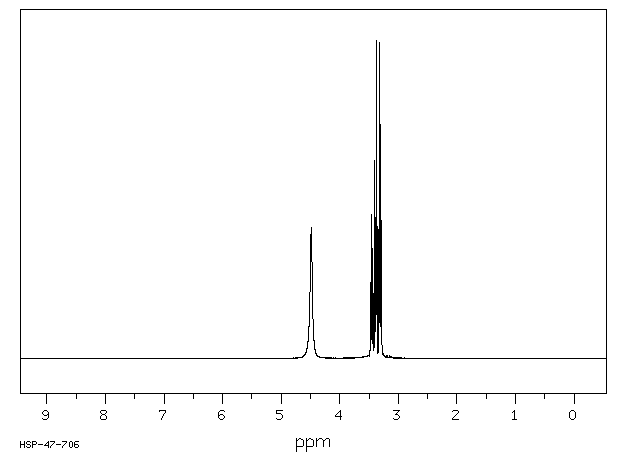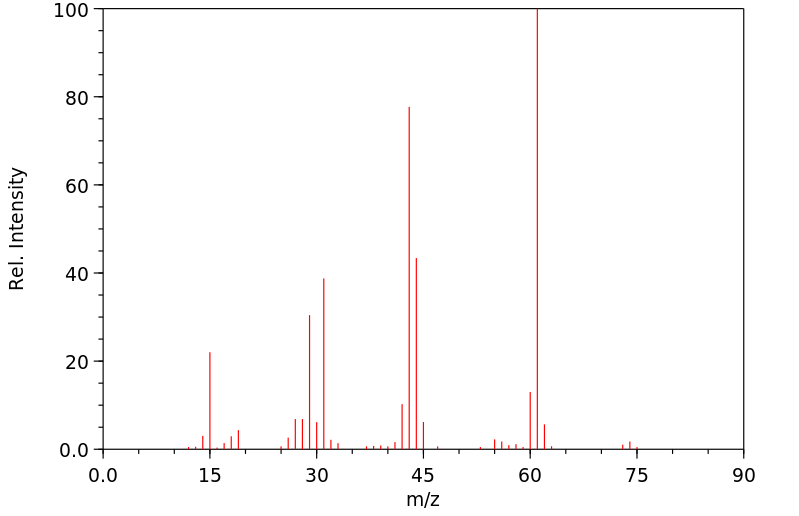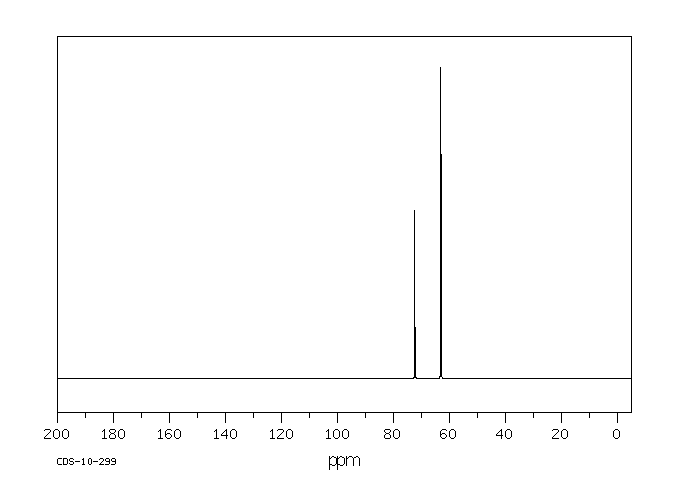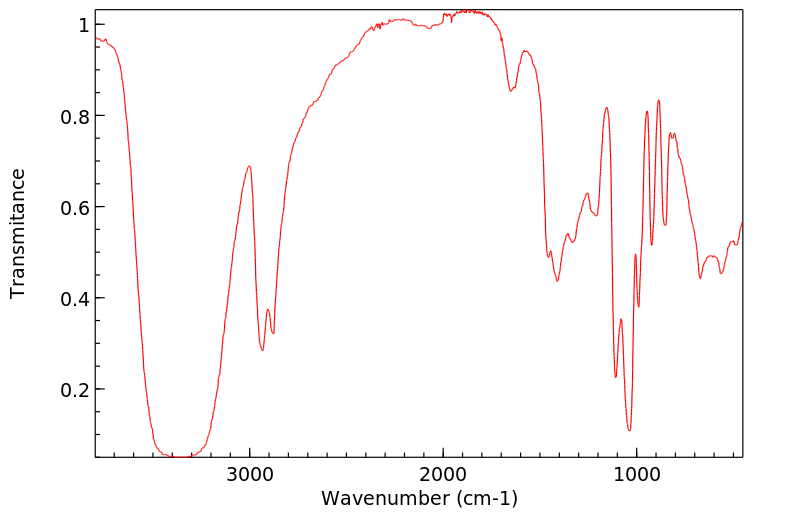代谢
甘油是在肝脏和脂肪组织中合成三酰甘油和磷脂的底物。当脂肪作为能量来源被代谢时,甘油和脂肪酸会被释放到血液中。循环中的甘油不会糖基化蛋白质,也不会导致高级糖基化终末产物(AGEs)的形成。在一些生物体中,甘油成分可以直接进入糖酵解途径,为能量或葡萄糖生产提供底物。在用于糖酵解或糖异生前,甘油必须转化为其中间产物3-磷酸甘油醛。甘油代谢受甘油激酶、(细胞溶质)NAD+依赖性G3P脱氢酶和(线粒体)FAD连接的G3P脱氢酶的调控。
Glycerin is a substrate for synthesis of triacylglycerols and of phospholipids in the liver and adipose tissue. When fat metabolized as a source of energy, glycerol and fatty acids are released into the bloodstream. Circulating glycerin does not glycate proteins and does not lead to the formation of advanced glycation endproducts (AGEs). In some organisms, the glycerin component can enter the glycolysis pathway directly to provide a substrate for energy or glucose production. Glycerol must be converted to their intermediate glyceraldehyde 3-phosphate before being used in glycolysis or gluconeogenesis. Glycerol metabolism is regulated by the enzymes glycerol kinase, (cytosolic) NAD+-dependent G3P dehydrogenase and (mitochondrial) FAD-linked G3P dehydrogenase.
来源:DrugBank











